Review
It’s the country’s best-selling company car – but is it any good? Tesla majors on efficiency and spec, but the new Model Y doesn’t drive particularly well and still comes with frustrations as standard.
Overview
Love it or hate it, the Tesla Model Y has been an undefeatable force in the true fleet market ever since it launched.
It has been, consistently, the UK’s best-selling company car – bringing unbeatable value, space and range to the segment.
Following updates to the Tesla Model 3, last year, the Model Y has now been facelifted for 2025 to refine some of the weaknesses of its predecessor and bring a fresher look.
The front end is much sharper than before and now has more in common with Tesla’s cybertruck. There’s an LED strip that runs across the width of the car, while the headlights have been slimmed down significantly.

At the rear, a familiar shape is modernised with new lights and a new position for the numberplate. While the car now looks far more modern, it also looks more generic. The Tesla badging is more discreet too, making it the new Model Y less identifiable as a Tesla.
Pricing starts at £44,990 for the three-model line-up. As before, there’s no trim levels – just a choice of powertrain. Rear Wheel Drive kicks things off, as the most efficient. Long Range Rear Wheel Drive, costing £48,990, has a larger battery and the best range. The range tops out with Long Range All Wheel Drive, priced at £51,990. A Performance variant is likely to join the line-up later.
Comfort and practicality
Tesla makes exceptionally good use of the space available inside its cars and the Model Y is therefore one of the most spacious and practical cars currently on sale.
It has a completely flat floor, which benefits leg room for those in the back. The rear seats have also been reshaped to improve comfort and gain a recline function.
The boot is one of the largest available, with a capacity of more than 800 litres. A large compartment below the boot floor enables items to be separated, if required. The rear seats can be electrically folded to open up a loadspace of more than 2,000 litres.
Tesla also includes a fully lined luggage compartment under the bonnet, with a capacity of 116 litres. Crucially, this can be opened using the touchscreen or mobile app, rather than using a more rudimentary cable release as found in lots of other electric cars.
While the Model Y’s interior looks very familiar, the materials and build quality have received an uplift. Touchpoints are more premium, the leather, plastics and other trims have been enhanced and there’s been a big focus on reducing interior noise intrusion and rattles.
The centre console, for example, now has more robust covers for the central storage compartment and cupholders. Décor trims are also more neatly integrated with a more subtle wood grain finish.
Safety and technology
Despite criticism, Tesla has stuck with its single central screen layout which seems to have inspired a whole generation of cars with complicated and unfriendly user interfaces.
The Model Y’s infotainment remains as before, although now features faster 5G connectivity.
Unlike the Model 3, Tesla has retained an indicator stalk, rather than relying on steering wheel buttons. While we welcome this addition, the high beam flasher is still on the steering wheel, so the stalk seems somewhat underutilised.
If you want to adjust the door mirrors, the steering column, wipers, lights or even open the glovebox then you’ll have to use the touchscreen. The interface is not particularly complex, but it doesn’t allow for much customisation.
The core infotainment functions are more impressive. There’s a selection of music streaming apps, along with Bluetooth audio and DAB radio – all played through a seriously powerful speaker system.
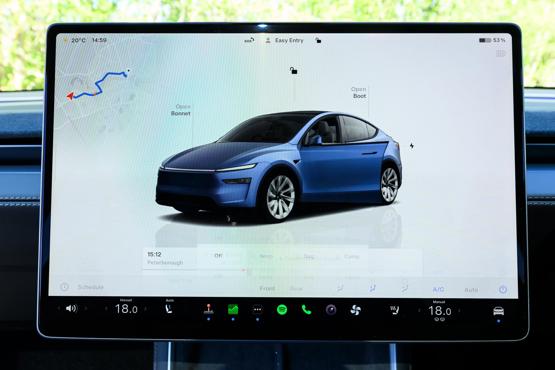
Sat-nav utilises Google Maps but with Tesla’s own routing software. It’s intrinsically linked to the car’s battery as well as Tesla’s charging network meaning charging stops are all automatically planned in. The car will also tell you the estimated state of charge at your destination.
In some markets, Tesla’s Autopilot system provides a degree of autonomous driving. UK regulations mean the system is limited and driver’s must keep their hands on the wheel. In our experience, the Tesla system isn’t the most user friendly. It’s activated by an unmarked switch on the steering wheel and you can choose (via the touchscreen) between ‘Traffic Aware Cruise Control’ or ‘Autosteer’. The former only provides adaptive cruise control functions, while Autosteer adds lane keeping assist.
The cruise control is quite aggressive in the way it switches on an off and sometimes hits the brakes quite suddenly if the situation ahead changes. With Autosteer enabled the car maintains its lane position fairly well but any driver intervention, such as to change lane, immediately disables the entire system. In a BMW or Mercedes it feels like the assistance systems are designed to work with the driver, whereas in the Tesla the computer wants to do all the work.
A new addition for the revised Model Y is a second touchscreen for rear seat passengers. This brings much needed control of the climate and heated seats for those in the back – functions which were previously only possible via the front display.
Driveability and range
The biggest criticism of the old Model Y was its ride. For the new car Tesla has made significant changes to try and tackle the issue. The car’s body is stiffer, to improve rigidity, while the suspension has been given an overhaul. There are new dampers and revised geometry. The steering ratio has also been altered.
At lower speeds, where the old Model Y suffered most, the new car is much smoother. It tackles speed bumps and potholes more gracefully, although there’s still a degree of firmness to the ride.
It aids stability but comfort levels are still sub-optimal. At higher speeds the softer setup takes away some of the car’s dynamic edge, too. The steering is still super keen with minimal inputs required to change direction. Combine that with the floatier chassis and the Model Y feels less eager in the bends.
Performance remains very much intact. All versions of the Model Y are suitably rapid, adopting the same motor and battery arrangements as the outgoing car.
Rear Wheel Drive has a 60kWh battery and promises 311 miles from a charge. The motor produces 295PS and gives a 0-62mph acceleration time of 5.9 seconds.
Long Range Rear Wheel Drive is fitted with a 75kWh battery, boosting range to 387 miles. It’s also more powerful, with 335PS. As a result, 0-62mph takes 5.6 seconds.
Adding a motor to the front axle results in Long Range Dual Motor, producing 507PS. It uses the same 75kWh battery, giving 364 miles of range. Acceleration from 0-62 takes 4.8 seconds.
Throttle response is dictated via two modes: Chill or Sport. Chill works like ‘eco’ mode, giving a progressive throttle with limited acceleration. In Sport the throttle is more like a switch. Brush it and the car bursts into life. From a standing start or in the mid-range, the response is immediate. When you lift off the regen kicks in and starts to slow the car down with the same degree of eagerness.
Efficiency is another Tesla speciality. In any range test we’ve done, the Tesla always outperforms its competition. We’ve only driven the dual motor model, so far, and it was achieving 3.6mi/kWh. The old single motor car managed 4.1mi/kWh and we’d expect the new model to at least match that performance.
With careful driving the Long Range Single Motor should easily crack 300 miles, while the dual motor model won’t be too far behind.
Company car tax and running costs
A large part of the Model Y’s fleet success can be attributed to its running costs. The low entry price means it competes with premium rivals for specification and performance but with mainstream ones when its comes to price.
The Skoda Enyaq is its closest competitor, with similar pricing when compared life-for-like. Considering you get heated and cooled seats, leather upholstery, a full suite of driver aids, surround cameras, keyless access and all the connected services, the Model Y does put a lot of premium models costing some £20,000 more to shame.
When it comes to running costs, the Long Range Rear Wheel Drive costs 45p per mile over a four-year (80,000 mile) cycle. Which is about the same as an Enyaq. An entry-level Audi Q6 e-tron costs 9ppm more, for comparison.
Matt has been an automotive journalist for nine years and has driven just about every new car and van that's on sale. As content editor - vehicles he is responsible for the automotive content on Fleet News and also contributes to Automotive Management. Prior to this, Matt worked in the automotive industry for 10 years.


Specs
| Manufacturer | Tesla |
| Model | |
| Specification | Tesla Model Y Hatchback Long Range RWD 5dr Auto |
| Model Year | 2025.00 |
| Annual VED (Road tax) | £10 |
| BIK List Price | £48,925 |
| Range | 387.00mile(s) |
| CO2 | N/A |
| BIK Percentage | 3% |
| Insurance Group | N/A |
| CC | 1 |
| Fuel Type | Electric |
| Vehicle Type | Medium SUV |
| Luggage capacity (Seats up) | N/A |
| Doors | 5 |
Running Costs
| P11D | £48,925 |
| Cost per mile | 50.42ppm |
| Residual value | £21,050 |
| Insurance group | N/A |
| Fuel Type | Electric |
| Cost per mile | 186.00ppm |
| Fuel | 2.05ppm |
| Depreciation | 181.55ppm |
| Service maintenance and repair | 2.40ppm |
Rivals
Info at a glance
-
P11D Price
£48,925
-
MPG
N/A (WLTP) -
CO2 Emissions
N/A -
BIK %
3% -
Running cost
3 Year 60k : £21,050 4 Year 80k : £17,550 -
Fuel Type
Electric -
Range
387.00mile(s)


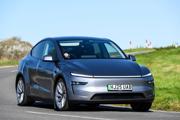
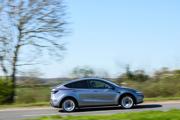
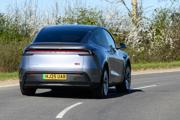

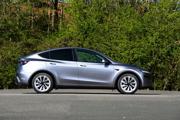
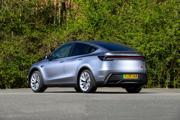
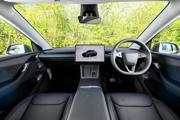
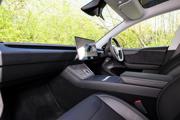
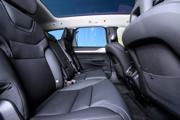
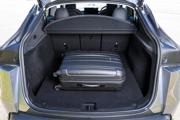
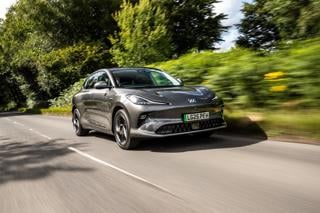
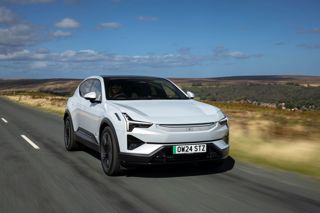
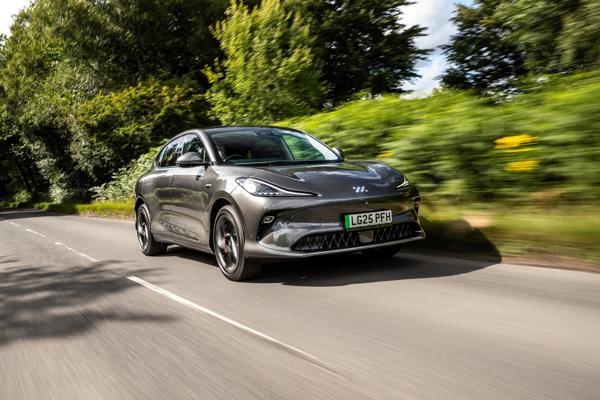
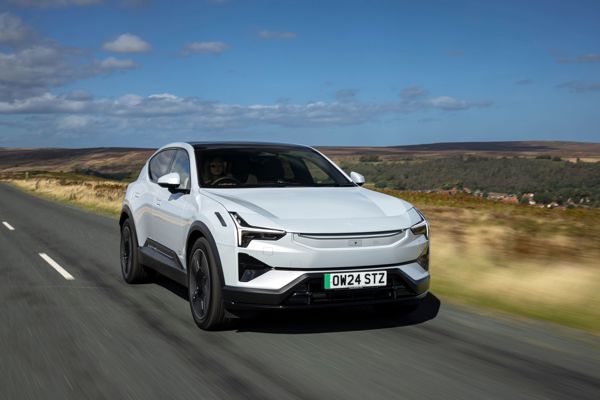
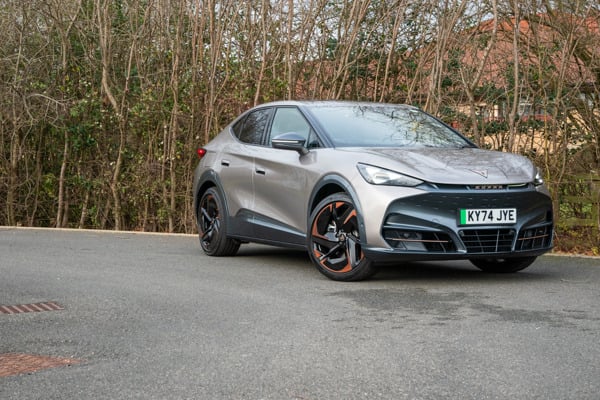
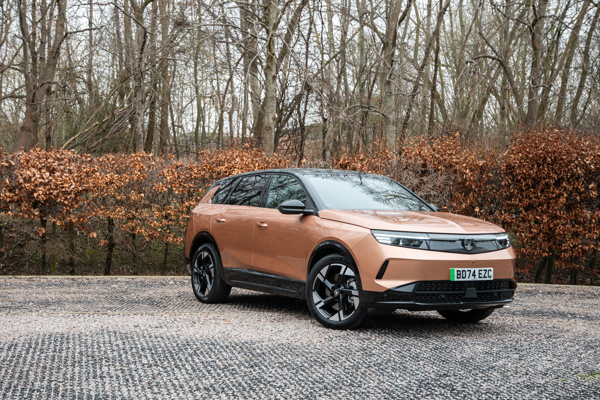
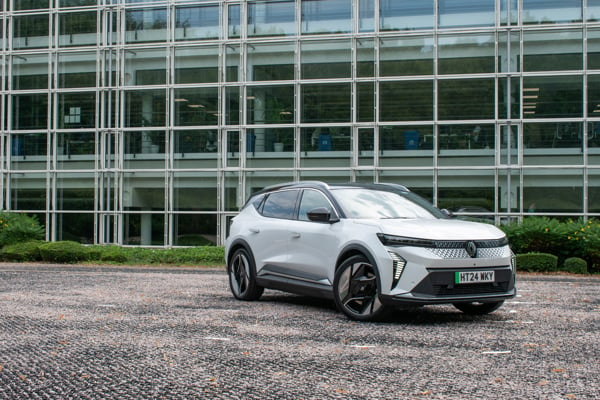
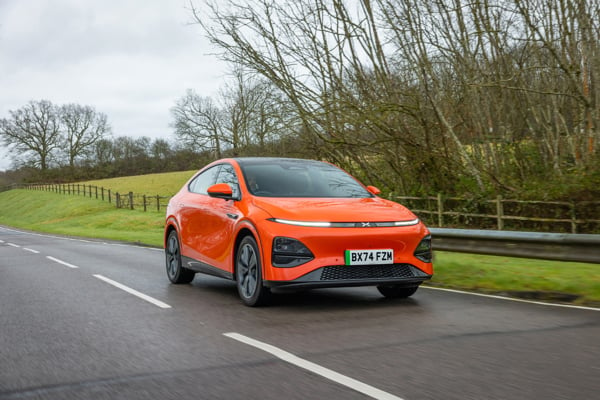
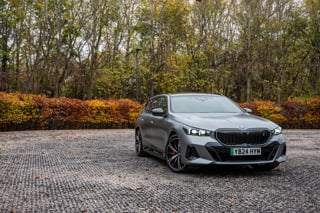
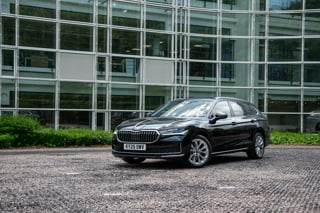
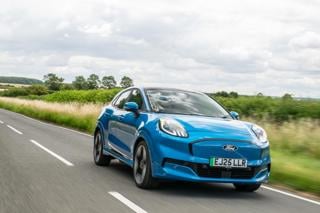


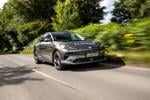
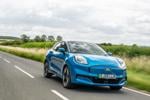

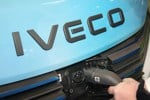

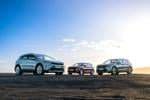





Login to comment
Comments
No comments have been made yet.